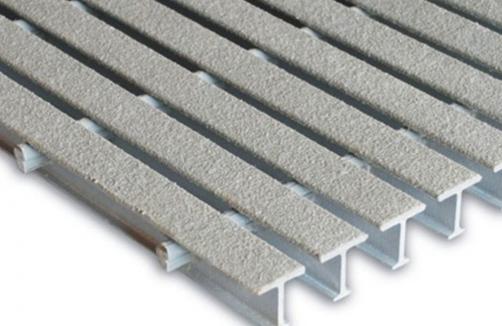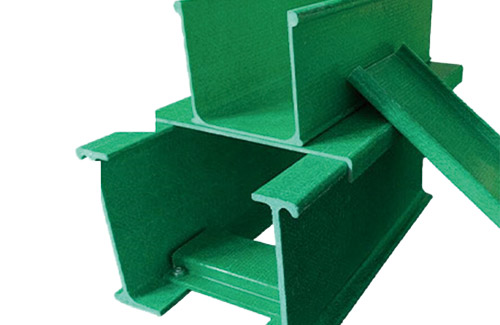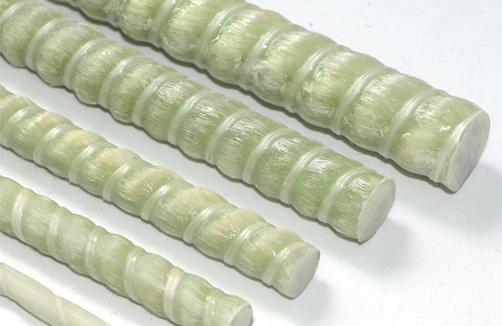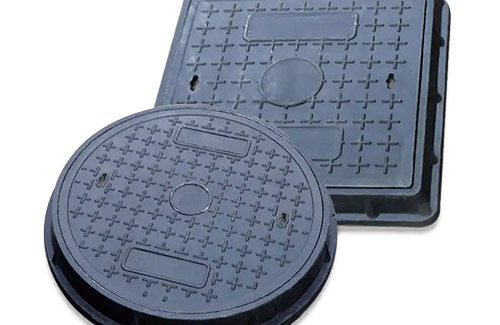The defects of fiberglass grilles can be repaired to a certain extent, thereby reducing product quality. Therefore, care must be taken during the maintenance process. The original mesh must maintain its corrosion resistance, mechanical properties, and flame retardancy to avoid damage caused by uneven skin color. Excessive, inappropriate, and excessive catalytic curing can shorten defects caused by careless operation. The appearance quality has uneven colors, impurities, and bubbles (appearance, center, and bottom), layering, thickness errors, poor curing degree, resin enrichment layer, cracking (defects caused by curing, resin enrichment and demolding), top support, warping, defect compensation, and other defects, including the need to establish a strict quality inspection system and specifications.
The appearance of the grille also greatly affects the quality of the product's appearance, making the appearance of barbecue crescent shaped or anti slip sand, as well as the manufacturer of lubricating grilles, worth noting. There are problems with China's industry. The quality of the samples is too concentrated, and the quality of the entire product is ignored. The provided goods are completely different from the samples. Insufficient understanding of quality control in the production process has led to many defects caused by human operations, such as uneven colors, impurities, bubbles, thickness errors, rich resin layers, defects, deficiencies, etc. The drawbacks of curing systems are whitening, foaming, delamination, and lack of curing (such as cracking). Another disadvantage is deformation, mainly due to the unreasonable fiber layer structure and maintenance system, which many manufacturers have not handled well. In addition, the color of the grille products is severely aging, mainly due to the poor quality of the pigment paste and the need to add a certain amount of ultraviolet absorbent.








